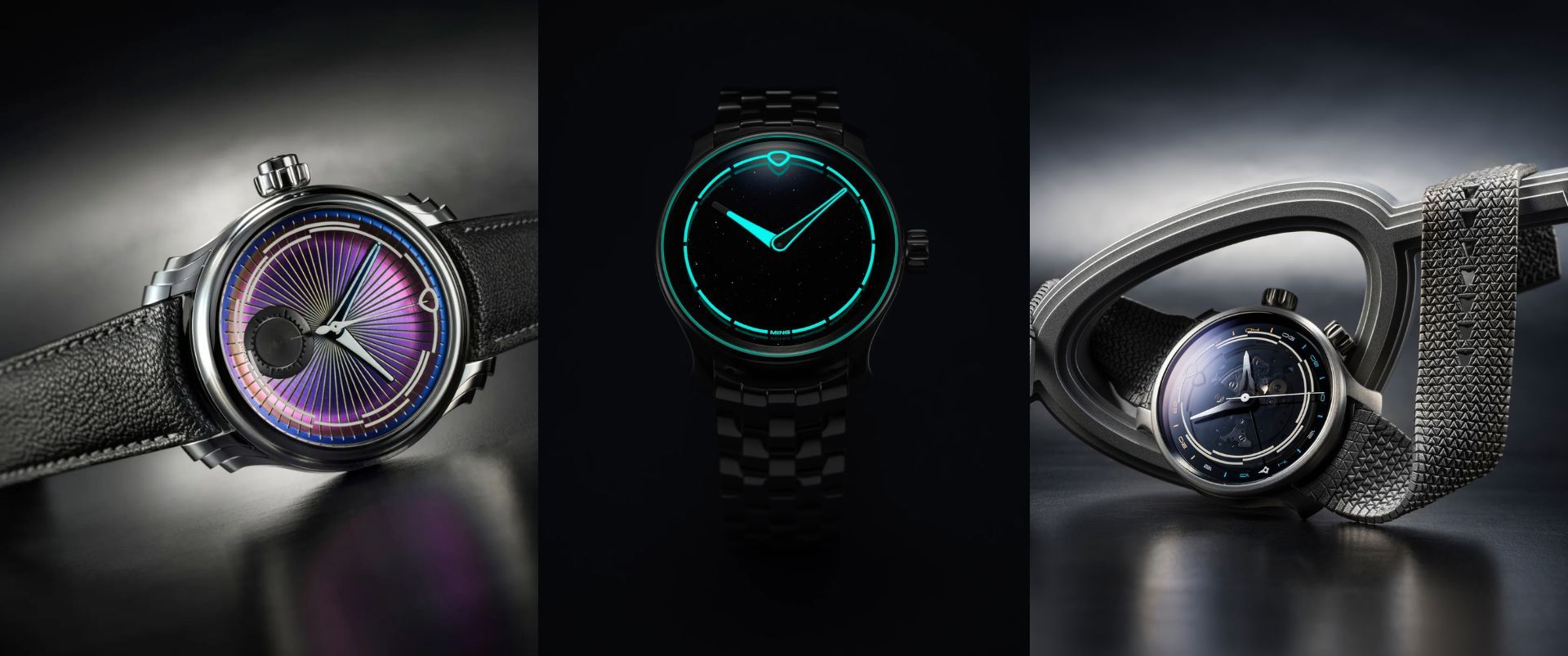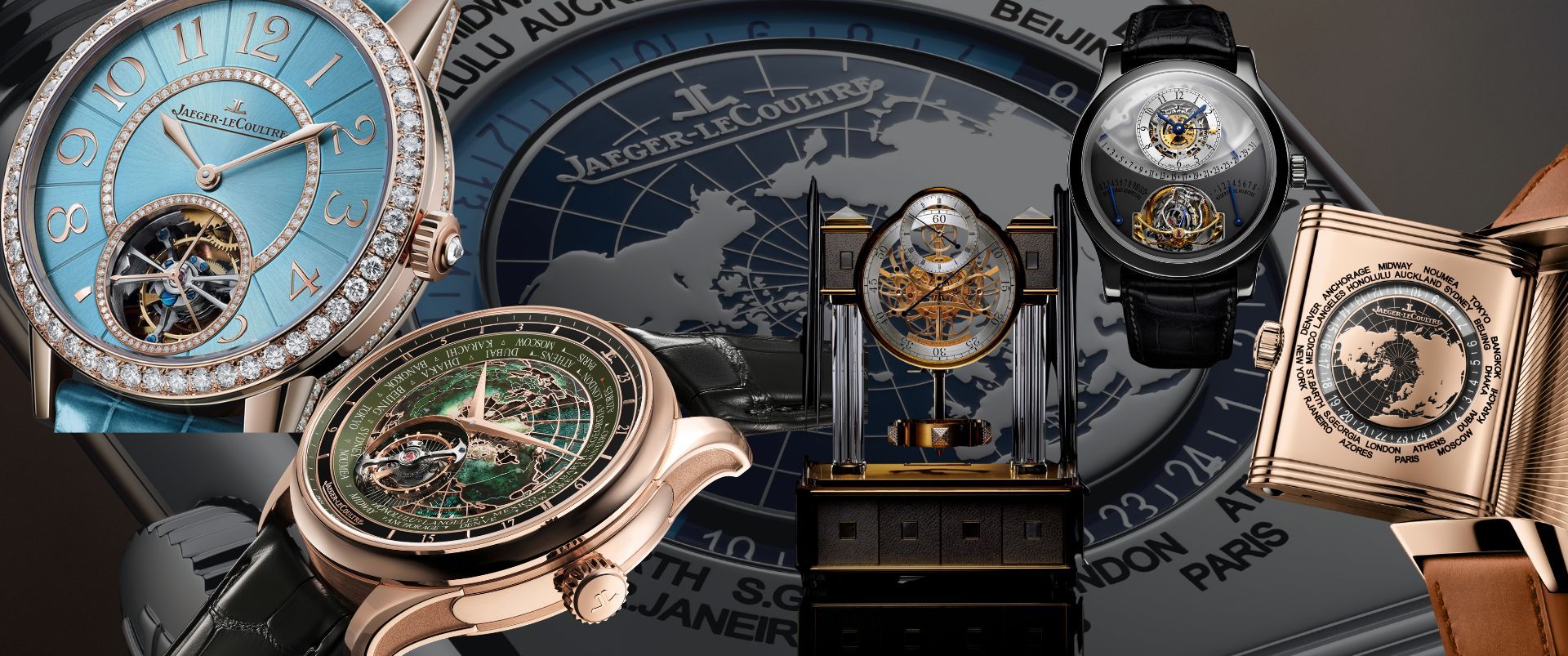Chronograph vs. Chronometer: A Chronicle of Confusing Terminologies
Ah, my primary school days. A time of scraped knees, multiplication tables and the ever-present fear of being called out for mixing up words that sound like they should be best friends but are actually sworn enemies. Yes, I'm talking about the legendary (and slightly embarrassing) battles I waged against ‘stationary’ and ‘stationery.’
In my young mind, were those rulers and notebooks very much, well, stationary? Stuck in one place, just like me when my English teacher would drill us on the difference. Let's just say my test scores resembled a seismograph after a major tectonic hustle - full of dramatic dips whenever those two showed up. So, I was the unwitting star of this linguistic comedy of errors.
Fast forward a few years, and guess who thought they were a watch nerd? This guy! Turns out, the world of timepieces has its own set of twins you don't want to mess with: ‘Chronograph’ and ‘Chronometer’. Although chronograph and chronometer aren’t exactly homophones, the jargon surely sparked a fresh wave of linguistic chaos within the amateur wrist aficionado me. Imagine me, confidently describing my new watch as a "super precise chronograph" to a seasoned collector, only to be met with a look that could curdle milk. Apparently, a chronograph is all about fancy stopwatch features, while a chronometer is a certified badass of accuracy. My metaphorical watch had just stopped - from sheer humiliation!
Having earned my share of battle-scars in the quest to master the crazy quilt of English language and endure the perplexes of horological jargons, let me clarify the chronograph vs. chronometer situation for you.
Greek Origins: The Shared Root Word
The similar-sounding names ‘chronograph’ and ‘chronometer’ might leave you scratching your head. But the answer lies hidden in ancient Greece!
The key is the term “chrono,” which in Greek means “time.” This little word forms the foundation for both our horological denominations. In the case of the chronograph, the suffix “-graph” signifies something that ‘records.’ Put them together, and voila, Chronograph! Moving on to the next jargon, adding the suffix “-meter,” which means ‘measure’ to chrono, gives us the term Chronometer.

Chronograph vs. Chronometer: Connected Terms - Distinct Concepts
Let's clarify the disparity between a chronograph and a chronometer upfront: they're distinct entities, not opposites, each with precise definitions. The term chronograph denotes a watch's specific mechanical capability - a function or feature, known in horological terms as a complication. To reiterate, a complication encompasses any mechanical watch feature beyond basic time display, including even the most elementary date mechanism or even a small-seconds display. On the other hand, a chronometer assesses a watch's performance, confirming it has undergone official testing and regulation by a recognized body according to set standards. Its focus isn't on the watch's functions, but its performance parameters.
Chronograph: The Mechanical Stopwatch
Now that we've traced the word's lineage and forged a link rooted in diction, let's see what the Oxford Advanced Learner's Dictionary mentions regarding the definition of “Chronograph.”
chronograph noun
Topics, Engineering
a device for recording time extremely accurately,
a stopwatch.
In a timepiece, a chronograph is an added-extra function - a complication, furthering the scope of its usability and mechanical utility. Imagine a standard car that gets you from point A to point B reliably. It fulfills the core needs of transportation perfectly well. But, for unfamiliar roads, wouldn't it be nice to have a navigation system? It supplements the basic ability to drive by providing turn-by-turn directions. Just like that, a chronograph is a feature in a watch analogous to a navigation system in a car. So, you don’t really own a chronograph, but rather a watch with a chronograph function!
A chronograph timepiece tracks and displays elapsed time for specific durations independently. Such watches usually feature two pushers at 2 and 4 o’clock to start, stop and reset the timer. Alongside two or three sub-registers or totalizers for reading the elapsed minutes, hours and seconds, these watches sport various bezel indications, each serving distinct tracking purposes, such as a tachymeter or pulsometer scale. In a chronograph timepiece, at least one hand can be started, stopped and reset to zero on demand. This serves a measurement of a specific time duration down to a fraction of a second.
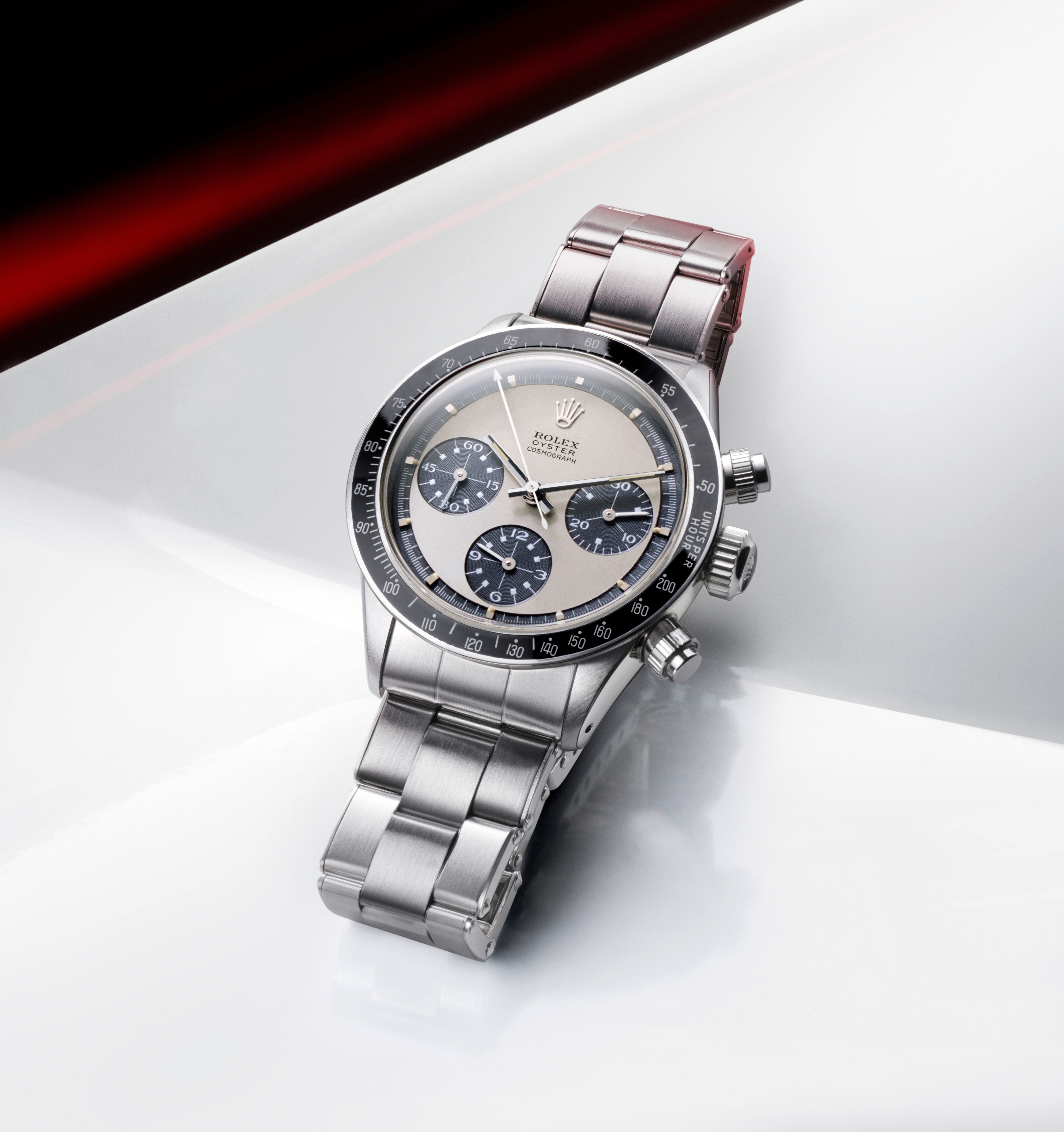
In my understanding and personal experience, a chronograph is one of the very few remaining practical complications which serve an actual purpose. In an age when robots prepare our coffee and computers ‘suggest’ soulmates, timepiece features are there just for bragging rights or ocular, sometimes auditory (hearing) pleasure. Along with basic time telling capabilities, it is the only remaining feature in a wristwatch that is more conveniently perceived than a smartphone. A wrist-mount stopwatch is easier to operate than taking your smartphone out of the pocket, unlocking it, opening the stopwatch app and when it actually comes the time to use it, the desired timing cycle might’ve passed. Hence proved, chronograph watches are useful!
Chronometer: A High-Precision Timepiece
It's time to hail the linguistic prophets once again for a dictionary definition of the term “Chronometer.”
chronometer noun
Topics, Engineering
a very accurate clock, especially one used at sea.
While a chronograph is more of a functional feature, a chronometer is a certified accessory of precision timekeeping. It’s tested against a set criterion of accuracy under specific conditions and over pre-determined durations with defined rules set by an official organization. A “chronometer” is an accreditation for a watch’s acceptable performance against the set testing programme.
I can give you an analogy to simplify.
In professional terms, let’s take the case of a programmer, knowledgeable in Python coding. There are beginner Python programmers and CEPPs - Certified Experts in Python Programming. Both lots do the same job, but the latter does it better. Likewise, a chronometer validates a watch to be mechanically competent for keeping the same old track of hours, minutes and seconds, but now with a superlative accuracy and precision rating.
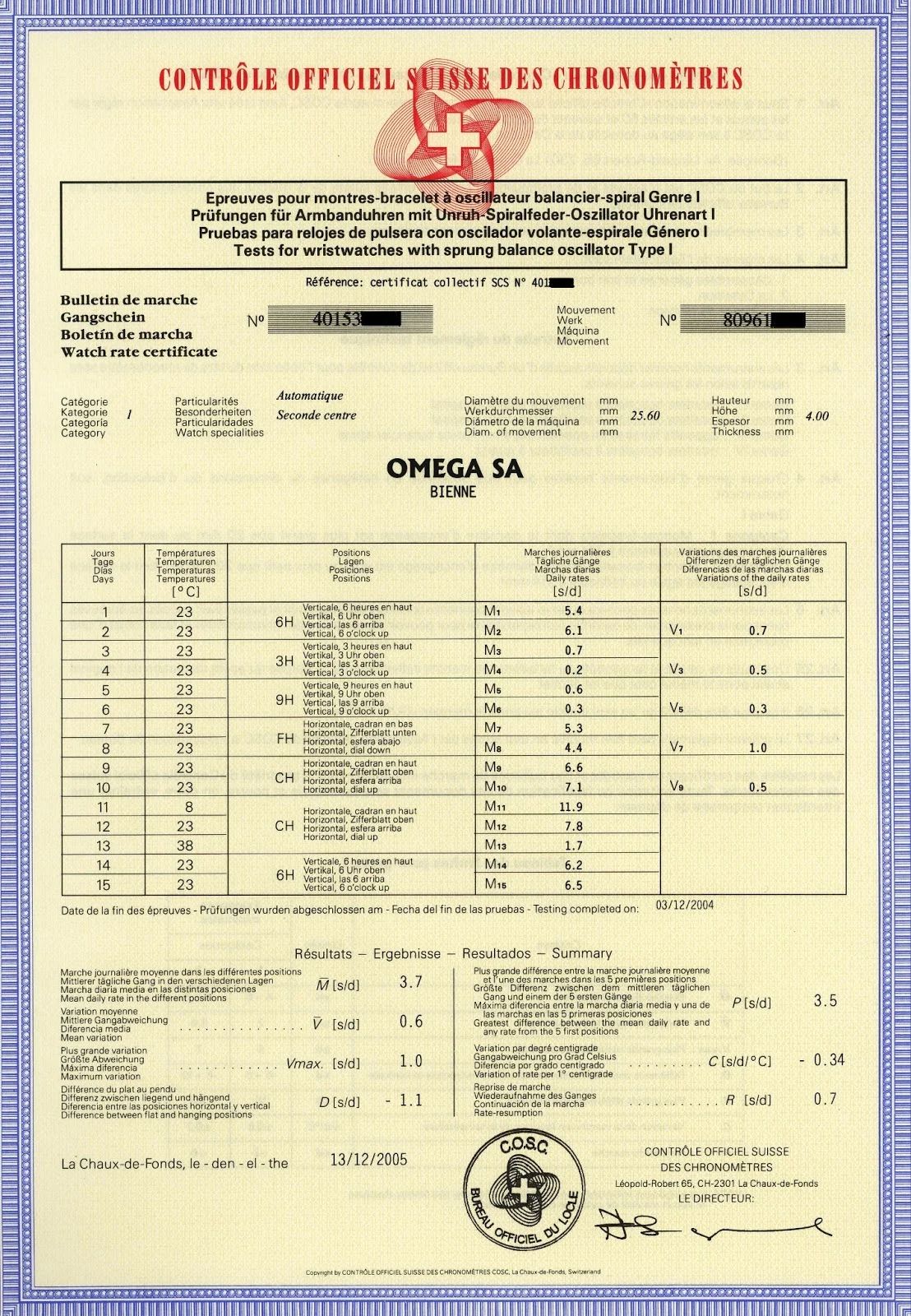
Still, no mechanical watch is 100% accurate. It’s got to do with the nature of its construction and the limitations of its components. The very effect of internal and external forces and the varying friction levels with depleting lubrication, all tend to render a lower than perfect score. A chronometer rating lends in these redundancies and the testing conducted by COSC - Contrôle Officiel Suisse des Chronomètres, the official Swiss chronometer testing organization, for a duration of 15 days allows for a standard daily deviation rate of -4 seconds / +6 seconds. As 24 hours add up to 86,400 seconds and the average of deviations is 5, we can conclude that a COSC certified chronometer performs with a margin of error below 0.005%. Now that’s impressive!
| Symbol | Criterion | Limit [s/d] |
| Avg R | Average daily rate | -4 +6 |
| Avg V | Mean variation in rates | 2 |
| Max V | Greatest variation in rates | 5 |
| D | Difference between rates in H & V positions | -6 +8 |
| P | Largest variation in rates | 10 |
| C | Thermal variation | +/- 6 |
| R | Rate resumption | +/- 5 |
Table: COSC standards (all units in seconds)
As a rule, only watches that get tested for chronometry by COSC are allowed to mention the text “Chronometer” printed. But apart from COSC, there are other neutral and brand specific entities that certify timepieces as chronometers. Omega, since 2015, has established its very own in-house chronometer testing standard, the METAS certification. It’s an additional set of tests conducted post COSC certification to further elevate precision prowess, rendering in Omega terminology a timepiece to be a ‘Master Chronometer’. The METAS tests exceed COSC standards and accuracy parameters.
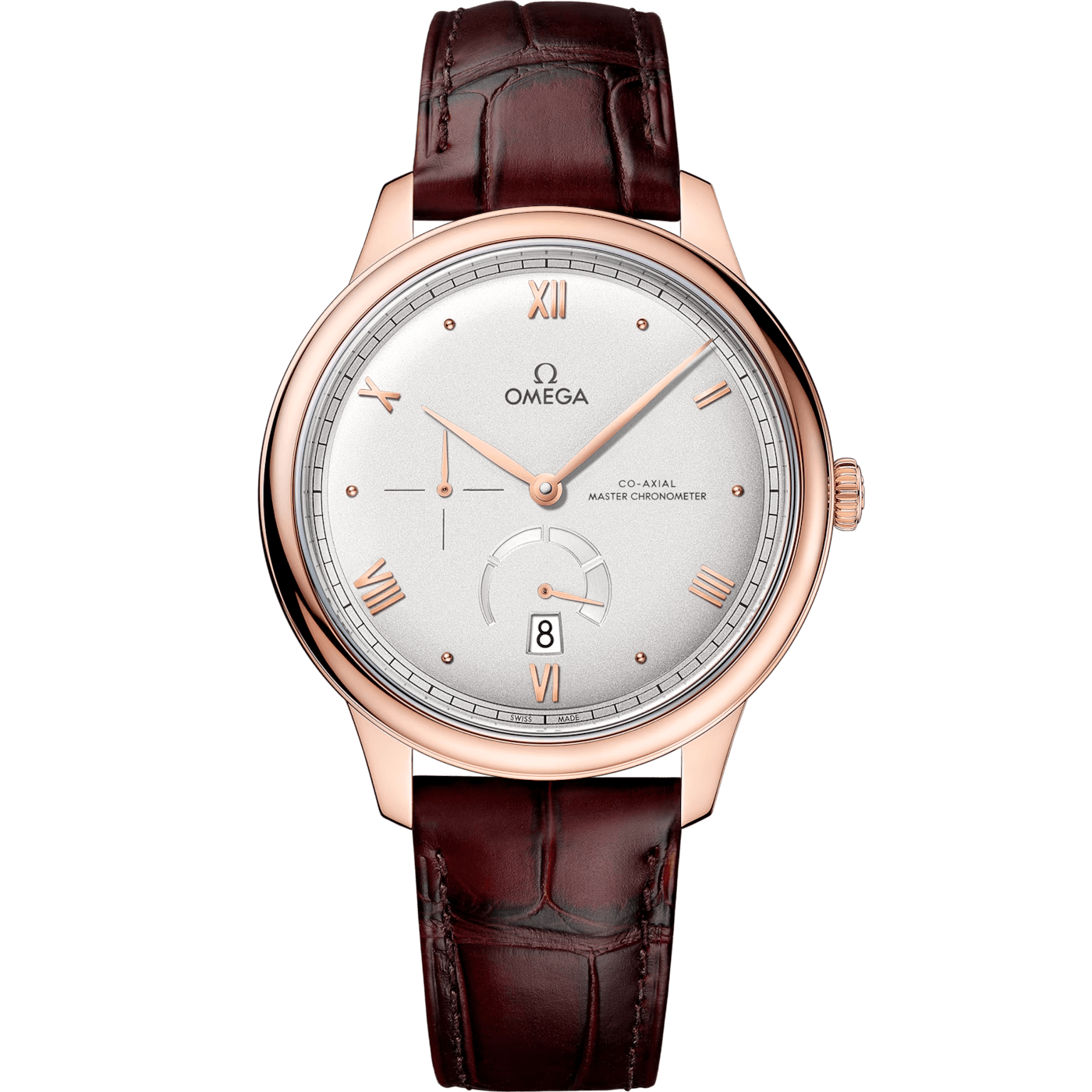
Following Omega, Rolex in 2016 also established an in-house chronometry testing standard. Its ‘Superlative Chronometer’ rating labels a timepiece to be exceptionally accurate, even under extreme rigors of strict testing. The unofficial leading leg of the Holy Trinity, Patek Philippe too has a meticulous in-house testing standard. Since 2009, all Patek Philippe timepieces feature the ‘Double-P’ seal as an accreditation of having passed a certain set of chronometry tests, which better COSC standards with much stricter deviances of -3 / +2 seconds per day.
Other institutions or organizations that can attest a timepiece to be a chronometer include: the Glashütte Observatory in Germany, Observatoire de Besançon in France or the Japan Chronometer Inspection Institute.
Chronograph and Chronometer: One Watch?
As we’ve established the definitions and differences of the terminology, one can say that a chronometer certification can be availed for a watch’s timekeeping precision and not for a particular or a set of particular complications, such as a chronograph feature. It's not like that a chronograph mechanism on a timepiece will be chronometer grade on its own. As for such timepieces, they can or cannot be chronometers, depending on their compliance with the test parameters. While some watches can be both chronographs and chronometers, not every watch is a chronograph or a chronometer.
No articles found

